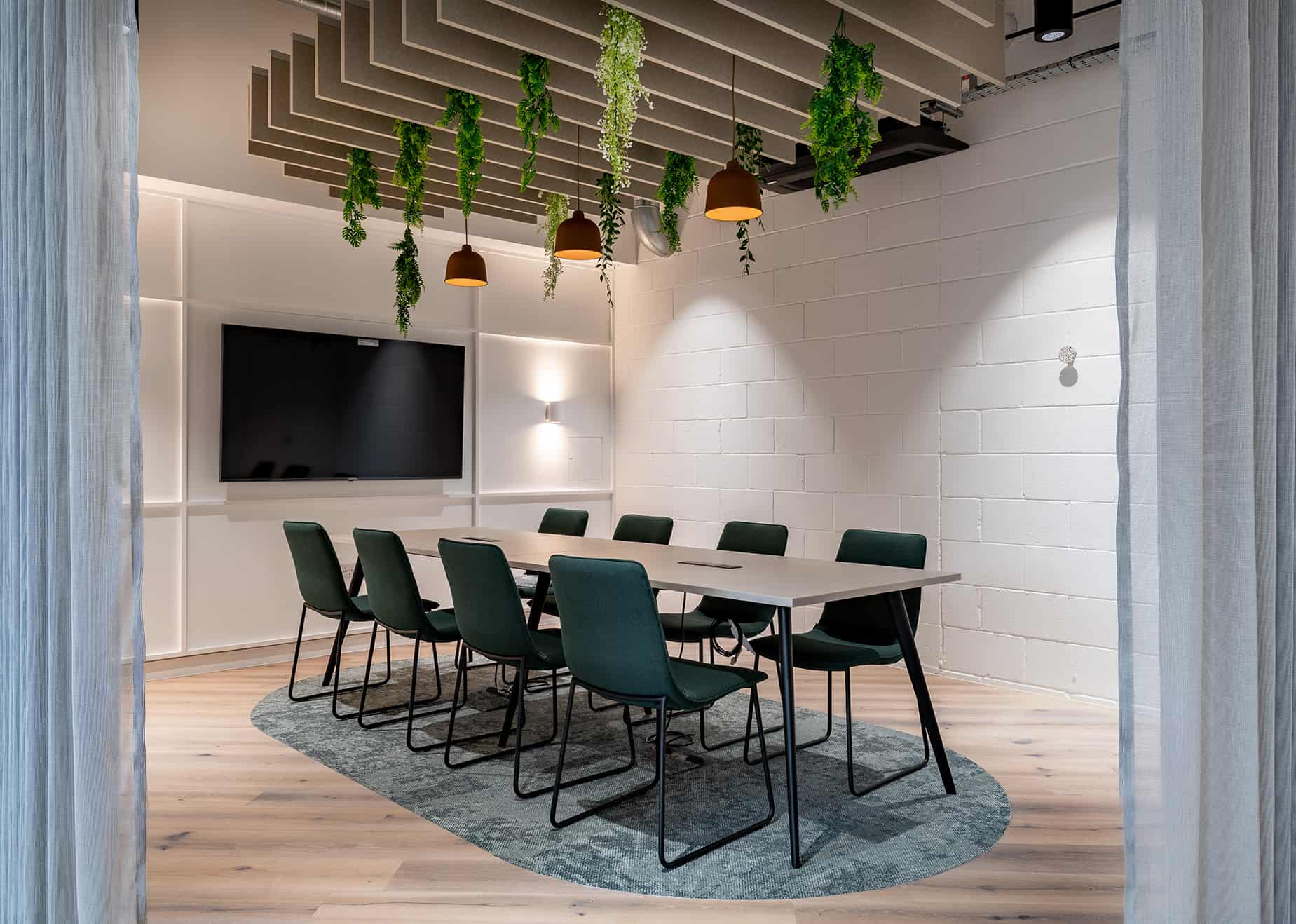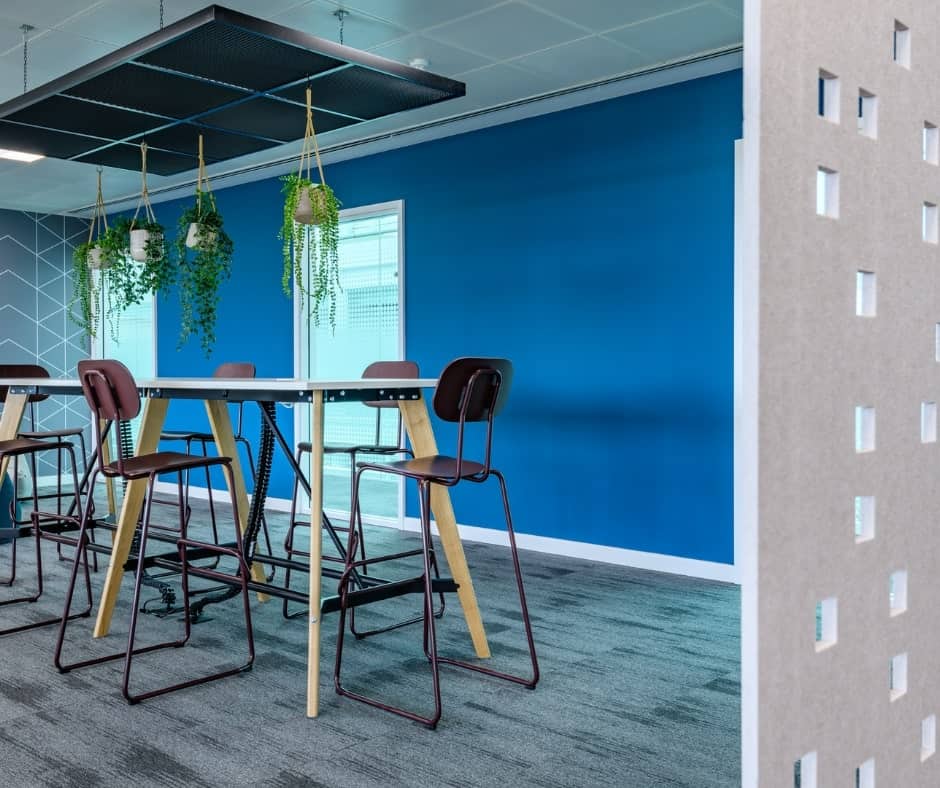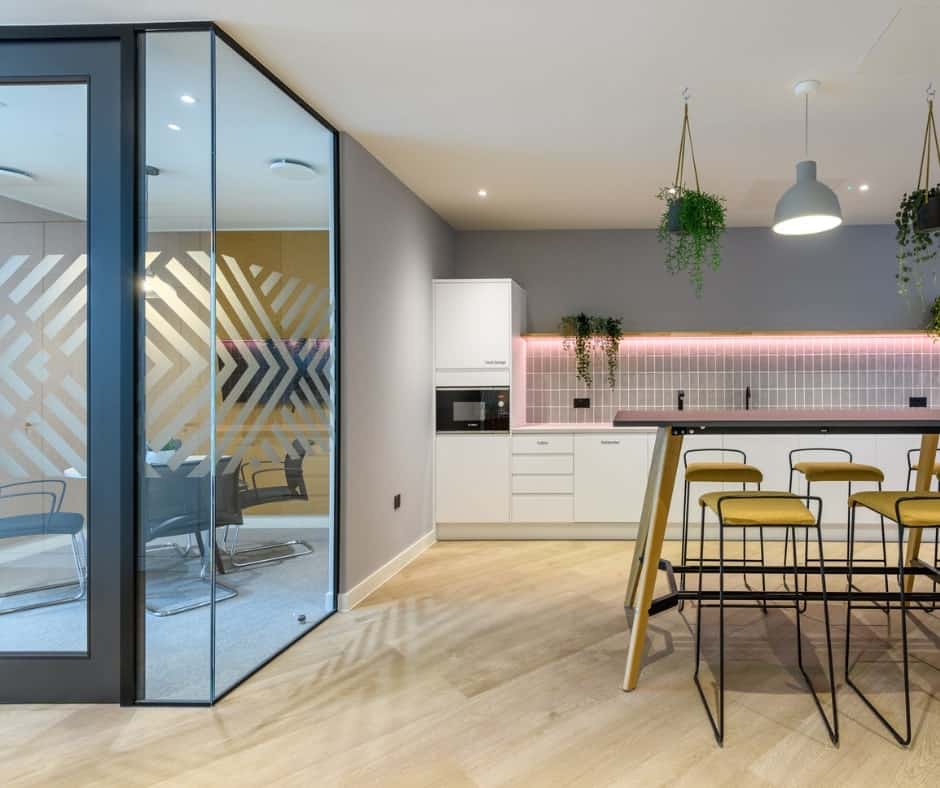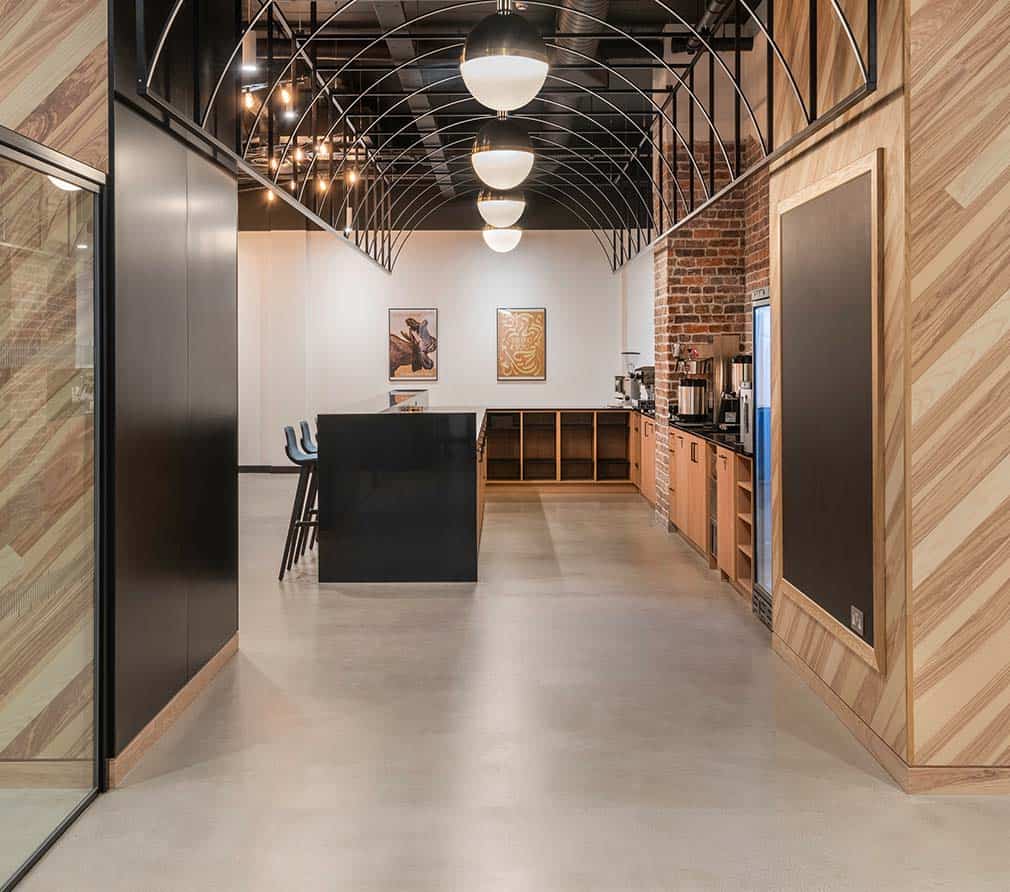Lighting plays a crucial role in designing a workspace that is comfortable, functional, and encourages productivity. A well-lit office can also boost employee morale, reduces eye strain and fatigue, and enhance the overall aesthetics of the space. In this article, we will explore how to design a brighter workplace.
- Assess the natural lighting in your space: The first step in designing a well-lit office is to consider the natural lighting in your space. Natural light is the best source of illumination, as it has a positive effect on the productivity and mood of employees.
Start by identifying the direction and intensity of the sun’s rays throughout the day. This will help you determine which areas of your office receive the most sunlight and which areas are shaded. Once you have this information, you can position workstations, furniture, and other elements in a way that maximises natural light and minimises glare.
- Select the right type of lighting: Different tasks require different types of lighting. For example, task lighting is needed for reading, writing, and other focused tasks. Ambient lighting is best for providing overall illumination to the space. Accent lighting can be used to highlight specific areas or features of the office. By selecting the right type of lighting for each task, you can optimise the functionality of the workspace.
- Consider LED lighting: LED lighting has become the preferred choice for office lighting as they are energy-efficient, long-lasting, and provides a high level of illumination. They also come in a variety of colour temperatures, allowing you to customise the lighting design to suit your needs. Warm white LED lights provide a cosy and inviting atmosphere, while cool white LED lights are ideal for task-oriented spaces.
- Use lighting controls: Lighting controls allow you to adjust the lighting levels in your office according to the task at hand. For instance, you can use dimmer switches to lower the lighting levels during presentations or meetings, or you can use motion sensors to turn off the lights when a room is unoccupied. An added bonus of lighting controls is that they can significantly reduce energy costs and prolong the life of lightbulbs.
- Don’t forget about glare: Glare occurs when the light source is too bright or positioned in a way that creates reflections or shadows. Glare can cause eye strain and fatigue, which negatively impacts productivity and employee well-being. To reduce glare, position light sources away from reflective surfaces such as computer screens and use light diffusers or shades to soften the light.
Choosing the right lighting for your office space is crucial when it comes to designing a workplace that will encourage productivity and boost the moods of your employees. Here at Space, we’re experts in creating offices that reflect a company’s values, and that people love to work in. If you’re considering an office fit out or revamp, then don’t hesitate to reach out.








